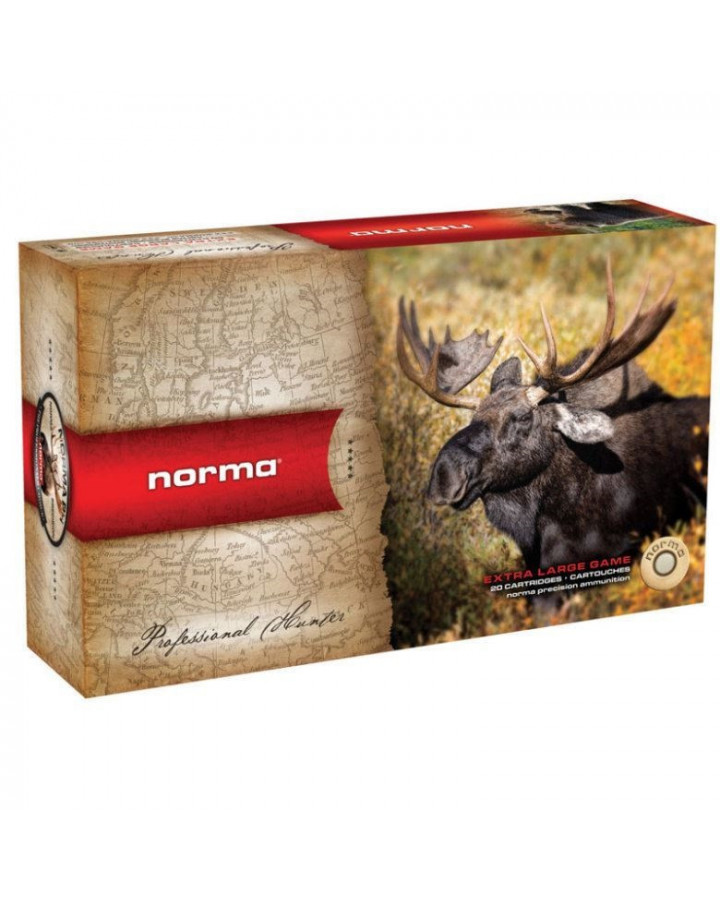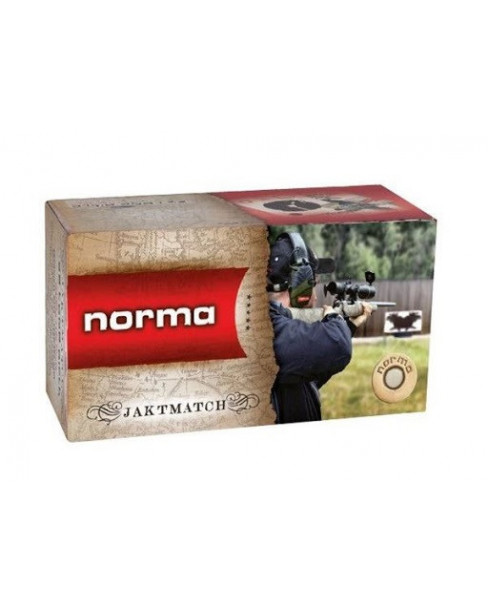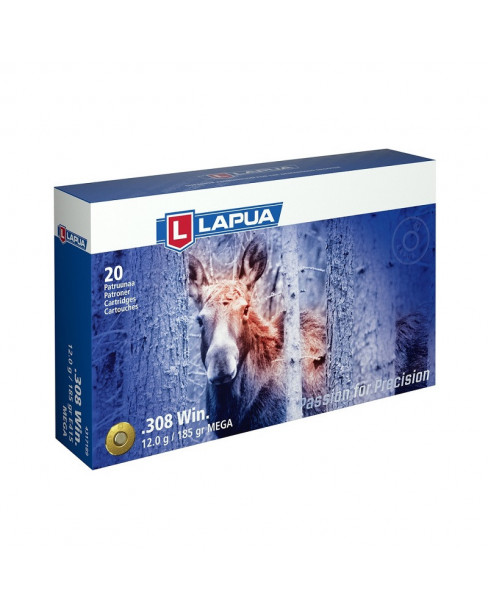Norma Alaska
The Alaska is a classic among Scandinavian moose hunters and is loaded in most common calibres for moose. This is a well-proved softpoint bullet with a soft gilding metal jacket which gives rapid and massive mushrooming.
8 x 57 IS (JS)
The 8mm Mauser was adopted by the German army in 1888 and in the following years by a number of countries like Czechoslovakia. Poland and China. The designation “Mauser” is actually a misnomer as the cartridge was developed by a German military commission at Spandau Arsenal for a forerunner of the famous Mauser rifle which was adopted in 1898.
The “J” in the name stands for “Infanterie”. The “J” designation is due to a mistake deriving from the previous use of Gothic letters in Germany and has no significance regarding bullet size. But in 1905 the German army switched from round a nosed 226 grain bullets to a 154 grain pointed boattail bullet, and at the same time the diameter of the bullet was altered from .318” to the present standard of .323”. Accordingly the “S” - short for “Spitzer” - means that the barrel is made for .323” bullets.
Actually it is quite rare nowadays to find a bolt action rifle in the old “J”-caliber (.318”), but old combination guns are still around and a good many of them were made for the 8mm JR. To further complicate the problem many combination guns have only the bullet diameter (8,2 mm) stamped on the barrels regardless of the fact that a large number of 8mm cartridges have been made with very different sizes and shapes of cases. If the least in doubt do ask a qualified gunsmith before trying to fire any cartridge in an old weapon - even from the package that came with it.
The 8x57 JS and the rimmed version 8x57 JRS are both very flexible cartridge that duplicate the performance of the .30-06 and similar cartridges. Today not many bolt action rifles are made in 8x57 JS, but a good many double rifles and combination guns are still being chambered in 8x57JRS. However as the latter type of guns has a weaker action the loads should be reduced in order not to exceed the pressure limits.












